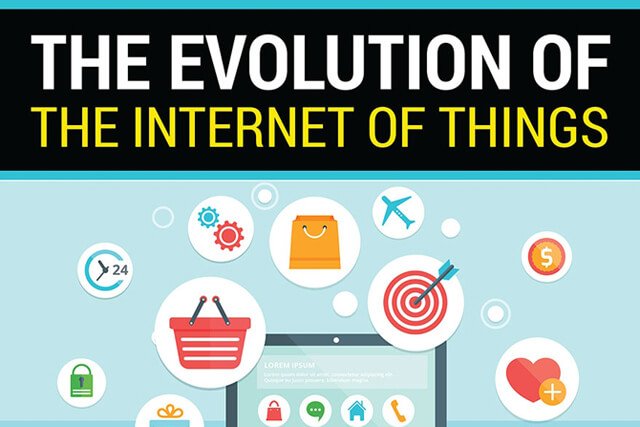Understanding the Evolution of the Internet
Early Beginnings
The internet first emerged in the late 1960s as ARPANET, an experimental network developed by the U.S. Department of Defense’s Advanced Research Projects Agency (ARPA). ARPANET linked computer networks and scientists at universities and research facilities across the United States. By the early 1970s, ARPANET had grown past universities and was developing protocols like TCP/IP that would become the standard for how information is transmitted over networks worldwide.

The Rise of Commercialization and Browsers
In the 1980s and 1990s, the internet exploded in popularity as its commercial possibilities emerged. The World Wide Web was invented in 1989 and allowed for easy sharing of hypertext documents through early web browsers like Mosaic and Netscape. As Web usage grew exponentially, new companies appeared to capitalize on online shopping, advertising, and media streaming. By the mid-1990s, most universities and businesses were connected to the internet, and it was no longer limited to research and military use. The browser soon became the primary way people accessed and experienced the internet through reading websites coded in hypertext markup language (HTML).
Mobile Transformation and Apps
The rise of smartphones in the late 2000s dramatically altered how people use the internet. While browsers were still important, it became just as common if not more so for people to access networked services, make purchases, stream media, and communicate through dedicated mobile apps. From social media platforms like Facebook and Instagram to rideshare services like Uber and Lyft, the app quickly emerged as the dominant interface for interacting with internet-based services on mobile. Though people still use browsers for general web browsing, apps now drive much of the internet activity that happens on smartphones and tablets through convenient interfaces optimized for touchscreens.
Modern Features and Internet of Things
Today’s internet incorporates cutting-edge technologies like cloud computing, machine learning, augmented/virtual reality, and the internet of things (IoT). Cloud services like Amazon Web Services, Microsoft Azure, and Google Cloud Platform power much of the modern internet by providing scalable computing and storage resources on demand. Machines increasingly come online as more consumer electronics, vehicles, appliances, smart home devices, sensors, and industrial equipment gain internet connectivity through technologies like WiFi, Bluetooth, and cellular data. This expansion of devices beyond traditional computers into everyday objects foreshadows a future in which the internet of things permeates nearly every aspect of modern life.
Future Directions and Challenges
As networks continue growing exponentially in speed and capacity, the next wave of internet evolution focuses on delivering emerging technologies to more people and places worldwide. Projects aim to extend connectivity to underserved areas through technologies like satellite internet, while also working to address societal challenges introduced as the internet’s influence increases. Issues around privacy, security, polarization, misinformation, and the digital divide will require ongoing coordination between technology developers, policymakers, and engaged citizens to help realize the internet’s promise of open access to information and knowledge for all people. Overall, the internet has proven remarkably adaptable to new uses as needs and capabilities change, ensuring its continuing evolution will reshape society in yet unforeseen ways.
Beyond Browsers - Other Pathways to the Network
While browsers remain important for general web browsing, they are just one pathway for connecting to and using the internet. Command-line interfaces and dedicated applications offer alternative access methods tailored for specific purposes. For example, peer-to-peer (P2P) file sharing programs like BitTorrent connect users directly to share large files without an intermediate server. Voice over IP (VoIP) services like Skype or chat apps facilitate real-time communication between online devices. Programmers access version control systems through command lines to collaboratively develop code. In each case, specialized software handles lower-level network protocols to deliver functionality without necessarily displaying web pages. This illustrates how the internet comprises diverse interoperable networks rather than a single method of access dominated by browsers.
A Network of Networks
At its core, the internet is not one monolithic system but a global “network of networks” that has continuously evolved through open standards. By designing protocols like TCP/IP to connect any type of network regardless of hardware or software, the original architects enabled the internet to scale far beyond its research beginnings. Today a patchwork of government, academic, commercial, wired and wireless networks all interoperate seamlessly according to common protocols. As new network types emerge, from submarine cables circling the earth to satellite constellations in low orbit, their adoption of shared technical standards allows borderless integration. This flexibility ensures the internet remains adaptable to support unforeseen applications and connect billions more people worldwide in the decades ahead.
